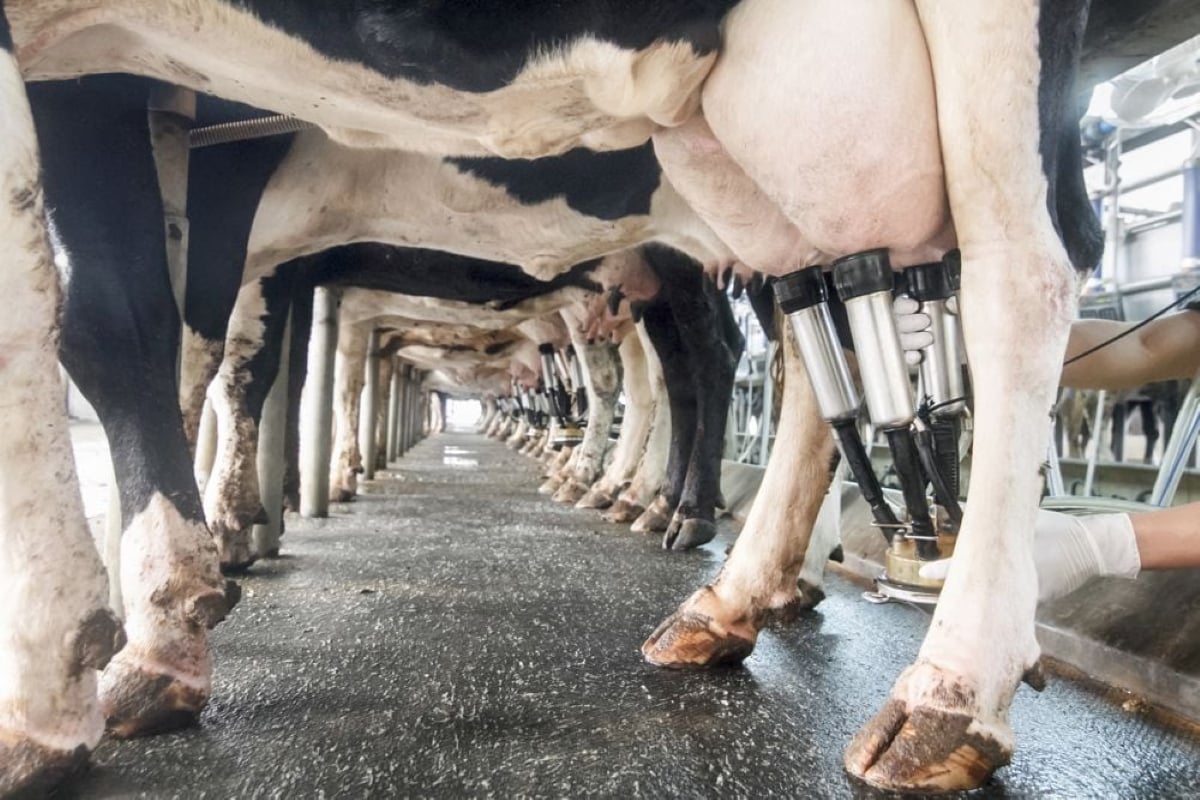Ontario unveiled regulations this morning to reduce the use of insecticide seed treatments by 80 percent.
To achieve that goal, by 2017, the province will establish requirements for the sale and use of corn and soybean seed coated with neonicotinoids, the most widely used class of insecticides in the world.
As part of the draft regulations:
• Farmers will have to prove there is a pest infestation or risk of crop damage before they can purchase corn or soybean seed treated with neonicotinoids.
• In practical terms, after the 2016 growing season farmers will have to submit a pest assessment report to a seed sales representative.
Read Also

Farm gate milk price to rise in 2026
The Canadian Dairy Commission will raise its farm gate milk price by 2.3255 per cent in February, the Crown corporation announced on Friday.
• The pest assessment must include soil pest scouting, demonstrating that wireworms and other pests are present in a field.
• The report must also prove that pests caused at least a 15 percent stand loss in corn or a 30 percent stand loss in soybeans.
• Farmers can conduct the pest assessment or they can hire a certified crop adviser or professional agronomist for the job.
The provincial government said the regulations are necessary because neonicotinoids are toxic to bees and other beneficial insects. Dozens of Ontario beekeepers reported dead bees outside their hives in the spring of 2012. Following an investigation, Health Canada’s Pest Management Regulatory Agency concluded that insecticide-laden dust from corn planters was responsible for the bee deaths.
The PMRA said the use of neonics on corn and soybean seed was “not sustainable,” which prompted calls for a neonic ban in Ontario.
“We heard overwhelmingly that the people of Ontario support immediate action to protect our food sources and the environment from the effects of neurotoxic neonicotinoids,” said Ontario environment minister Glen Murray in a statement. “The proposed regulation will contribute to reducing a major stressor on pollinators and other vulnerable species.”
Grain Farmers of Ontario and other agricultural groups have fought vigorously against the regulations, which the government proposed last fall.
The GFO said farmers and the grain industry have already implemented practical steps to mitigate the risk of bee deaths from corn planter dust.
“In 2014, all 28,000 grain farmers across the province followed new best management practices and utilized a new fluency agent to minimize possible seed treatment exposure to bees. This year, 70 percent less bee deaths were reported,” the GFO said in a statement.
GFO chair Henry Van Ankum said last fall that the government is ignoring those efforts and attacking grain farming for political gain.
“With this announcement, agriculture and rural Ontario has been put on notice: the popular vote trumps science and practicality.”
The GFO and others have until May 17 to comment on the draft regulations. If approved, Ontario’s regulations for neonic use will take effect July 1.
Contact robert.arnason@producer.com














